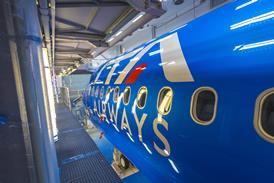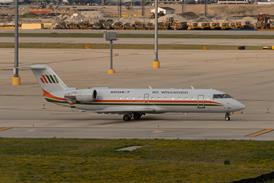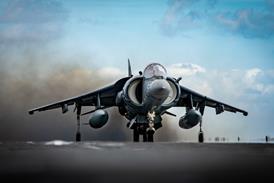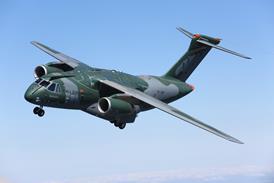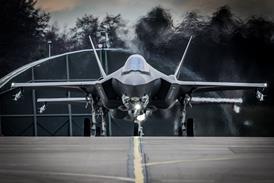Programme adds expanded requirements from German, Italian and US governments
A $3 billion contract launching a 108-month development and demonstration of the Lockheed Martin-led Medium Extended Air-Defence System (MEADS) incorporates a restructuring costing $450-$500 million.
The cost increases reflect expanded requirements demanded by the three governments - Germany, Italy and the USA - participating in the MEADS programme. Each government submitted a list of scope increases earlier this year, which were consolidated into a single list of requirement changes approved by all three partners in the third quarter this year.
Jim Cravens, MEADS International president, says the initial list of changes requested by the governments had to be narrowed significantly after estimates showed a $900 million cost growth to the programme. Instead, the partners agreed to withdraw a request for more flight tests, which would have added to the nine total developmental and operational test flights now in the plan.
Almost half of the final restructuring costs stem from a new requirement to build separate and unique tactical operational centres (TOC) for each of the partner governments, rather than sharing a common TOC design.
MEADS International is operating under an initial six-month contract based on signed memoranda of understanding (MoU) with the USA and Italy. The full, 108-month development contract cannot be signed until the German parliament also signs the MoU, which Cravens expects to be completed before the end of the year.
German industry, meanwhile, has been cleared to continue participation under the interim, six-month contract, says Cravens.
As part of the restructuring, Germany intends to slightly reduce its stake in the programme from 28% to 25%. The USA has agreed to pick up the extra cost, raising its stake from 55% to 58%, while Italy's share remains constant with a 17% investment.
The first flight test is scheduled for 2011, or one year before Germany and Italy are due to receive the first MEADS firing systems. Earlier this year, the US Army decided to accelerate fielding the entire system by one year to 2015, but the service also plans to insert components, such as the multi-function radar, into current air defence units as they become available over the next few years.
STEPHEN TRIMBLE / WASHINGTON DC
Source: Flight International


